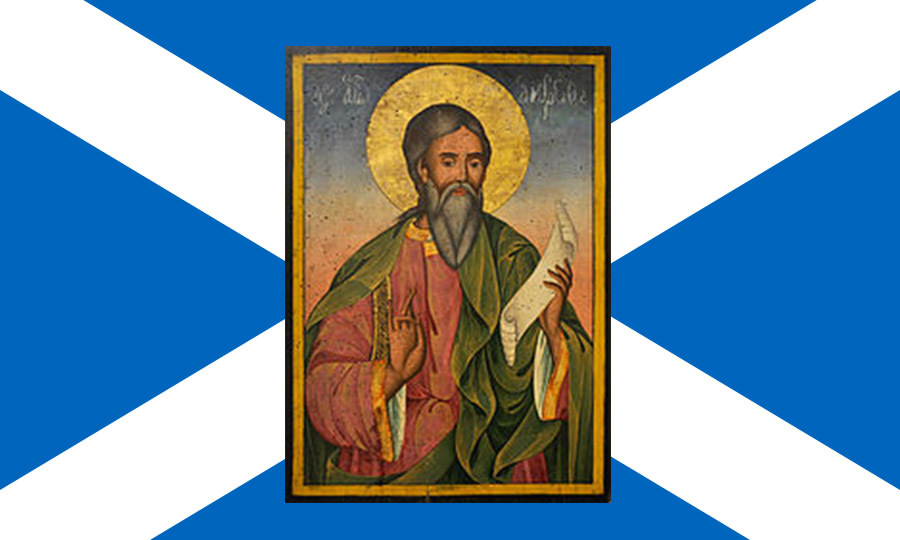
NOVEMBER 30 marks St Andrew’s Day, with Scots across the globe celebrating their heritage and culture.
But who exactly was the man after whom the day is named?
Andrew the Apostle
According to The Bible’s New Testament, Andrew was born in Bethsaida on the Sea of Galilee in the Middle East. He was the elder brother of St Peter and was the first disciple of Jesus.
A fisherman, he was a follower of John the Baptist before meeting Christ.
He is mentioned in The Bible as being a part of the feeding of the five thousand, with values of fairness and kindness, taking what he had and sharing it with those who were less fortunate.
His death
Andrew was sentenced to death by the Romans in Greece and was crucified.
But it is thought that he asked to die on a diagonal cross as he felt he wasn’t worthy of dying on one the same shape as Jesus had.
He was tied to the cross with ropes rather than being nailed to it.
It became known as St Andrew’s Cross, seen today on Scotland’s saltire flag.
Link to Scotland
Some say Andrew travelled great distances to spread Jesus’ message, including a trip to Scotland, building a church in Fife at the place now known as St Andrews.
However, it is unlikely that this is true or that he was ever in the country when he was alive.
After his death, some of his remains made it to Scotland and were kept in St Andrews.
One legend says they were brought from Greece to Fife after the carrier, St Regulus, was shipwrecked off the east coast.
It is more likely that they were brought north from the monastery of Hexham in Northumberland in the 8th Century.
The relics, along with the Cathedral housing them, were destroyed in the Protestant Reformation.
There’s another suggestion of a different possible link between ancient Scotland and St Andrew.
In the 9th century, Pictish king Angus mac Fergus had a vision of the saint and saw a saltire in the sky before victory in battle at Athelstaneford, East Lothian.
He therefore adopted St Andrew as a patron saint and it is thought that this is the origin of the Scottish flag.
St Andrew’s Day
The celebration of St Andrew is known to date back to around AD 1000, during the reign of Malcolm III.
He officially became Scotland’s patron saint in the 1320 Declaration of Arbroath.
It wasn’t until the 18th century that St Andrew’s Day celebrations became a true tradition.
Surprisingly, it began in the USA, with a group of ex-pat Scots who were keen to rekindle their Scottish connections.
The St Andrew’s Society of Charleston, South Carolina, was formed in 1729 by rich Scottish immigrants who, true to the ideals of St Andrew, helped orphans and widows in the area.
New York’s oldest charity is their St Andrew’s Society, founded in 1756.
These organisations spread across the world, with the anniversary of Andrew’s death becoming our national day.
It is now recognised as a public holiday, however the decision rests with employers on whether or not people are granted a day off.
Andrew is also the patron saint of several other countries and cities, including Greece, Russia, Barbados and Amalfi in Italy.

Enjoy the convenience of having The Sunday Post delivered as a digital ePaper straight to your smartphone, tablet or computer.
Subscribe for only £5.49 a month and enjoy all the benefits of the printed paper as a digital replica.
Subscribe